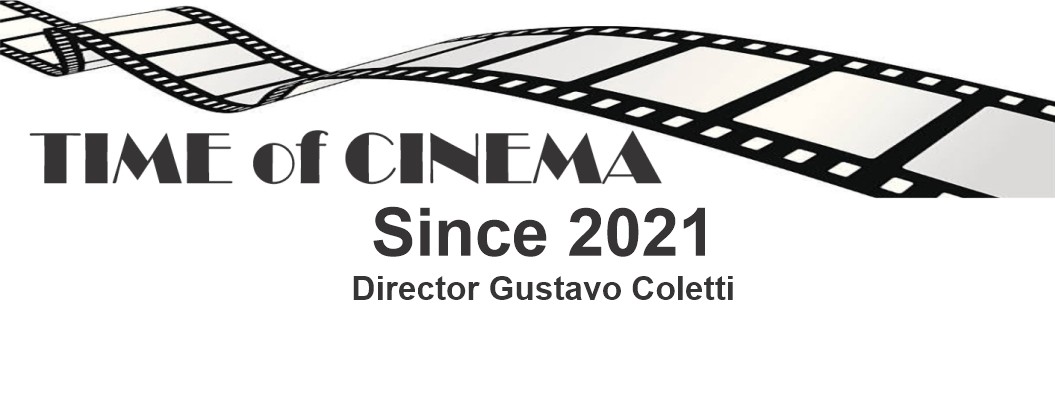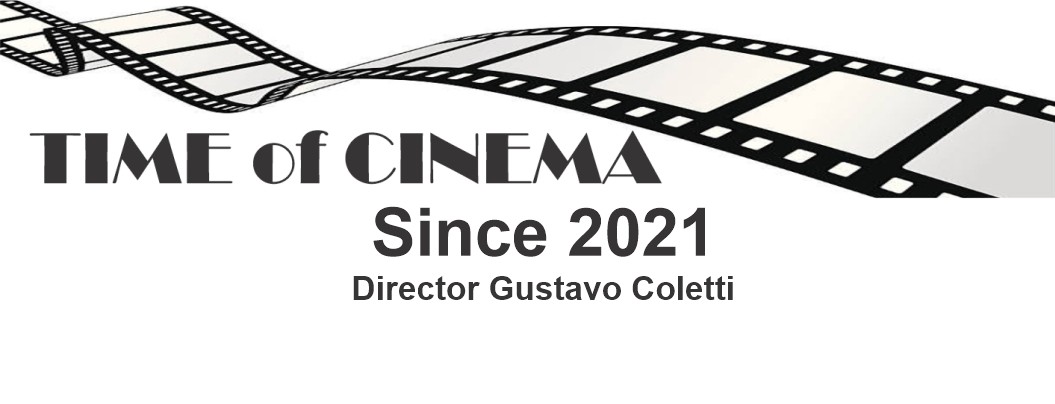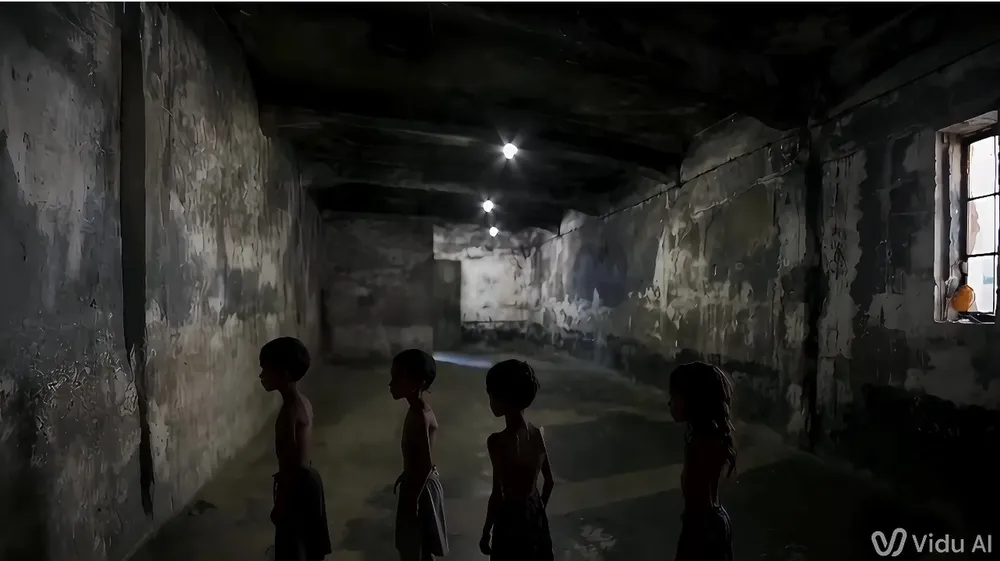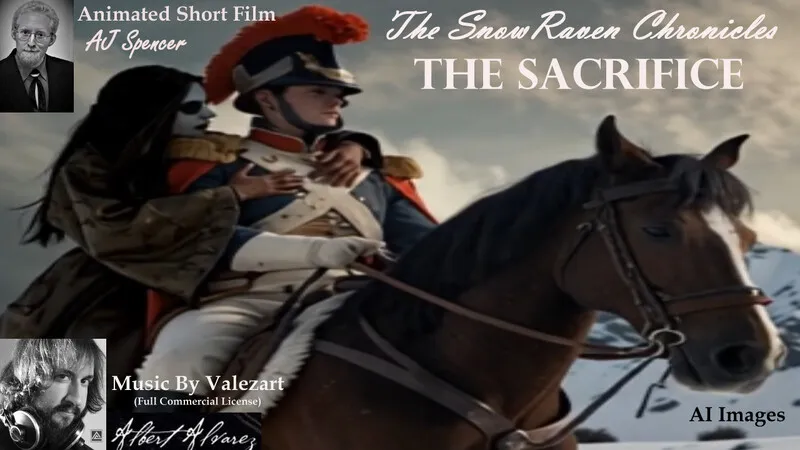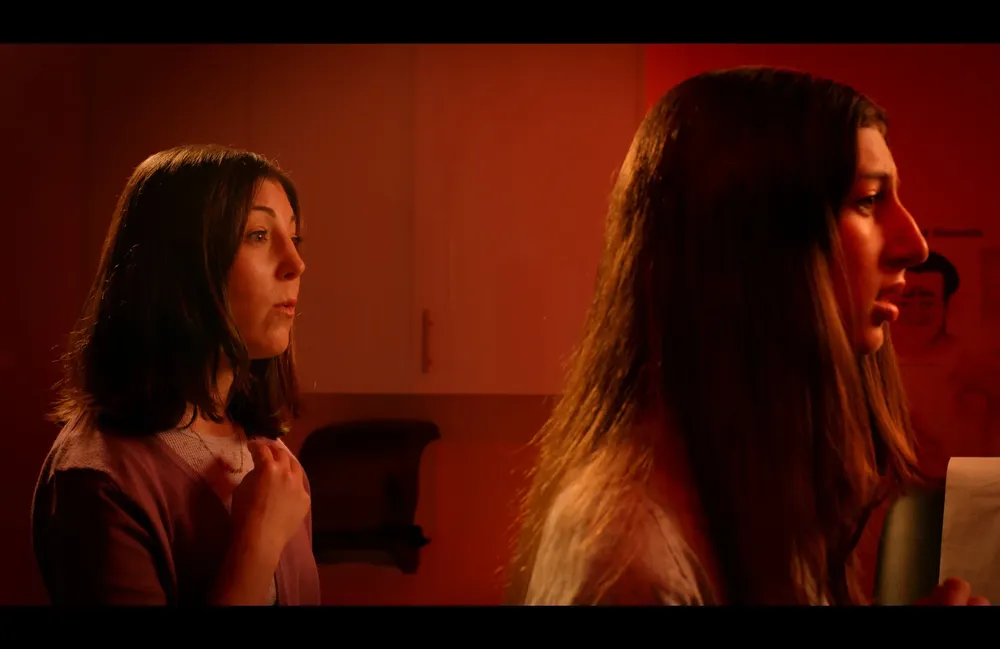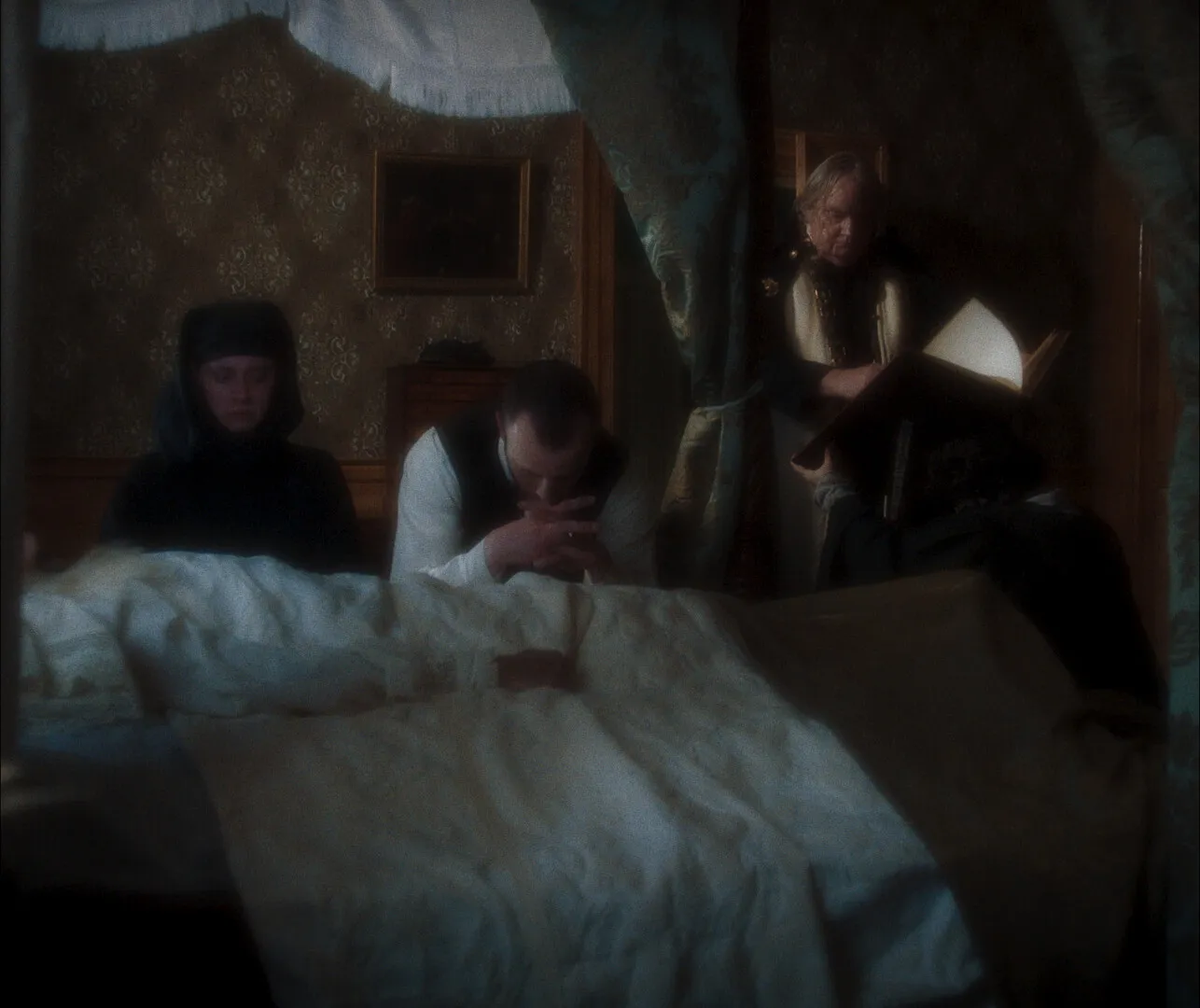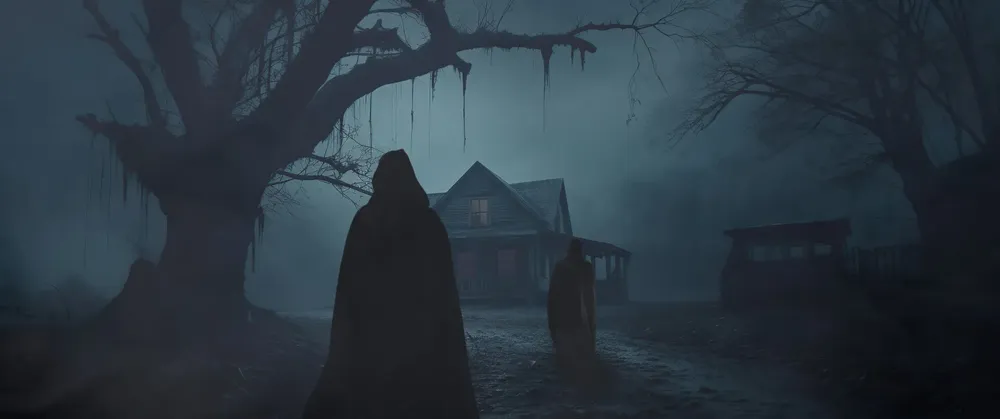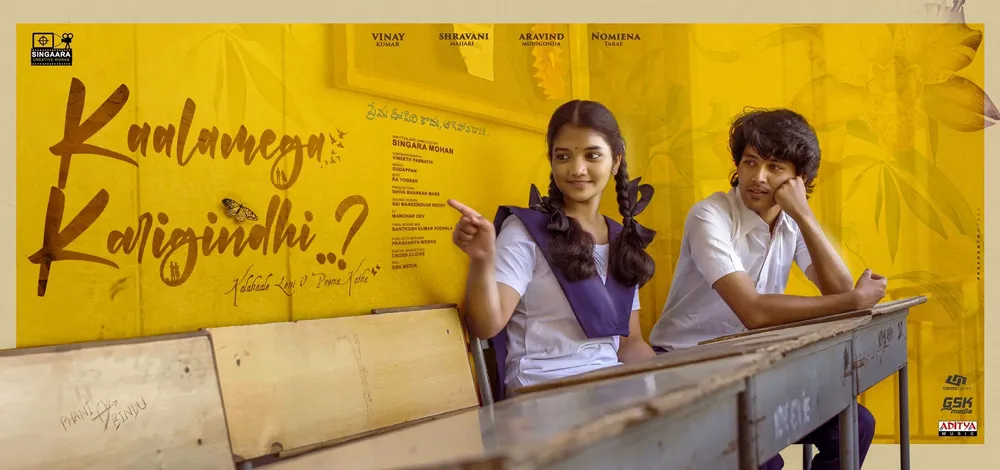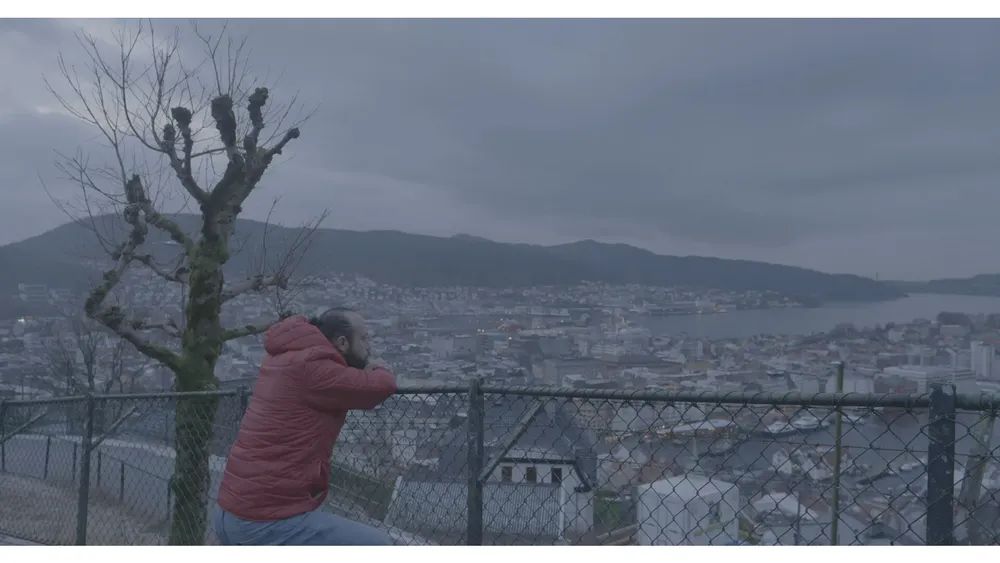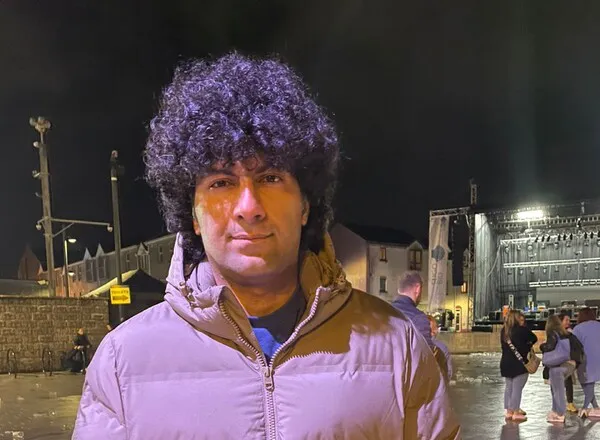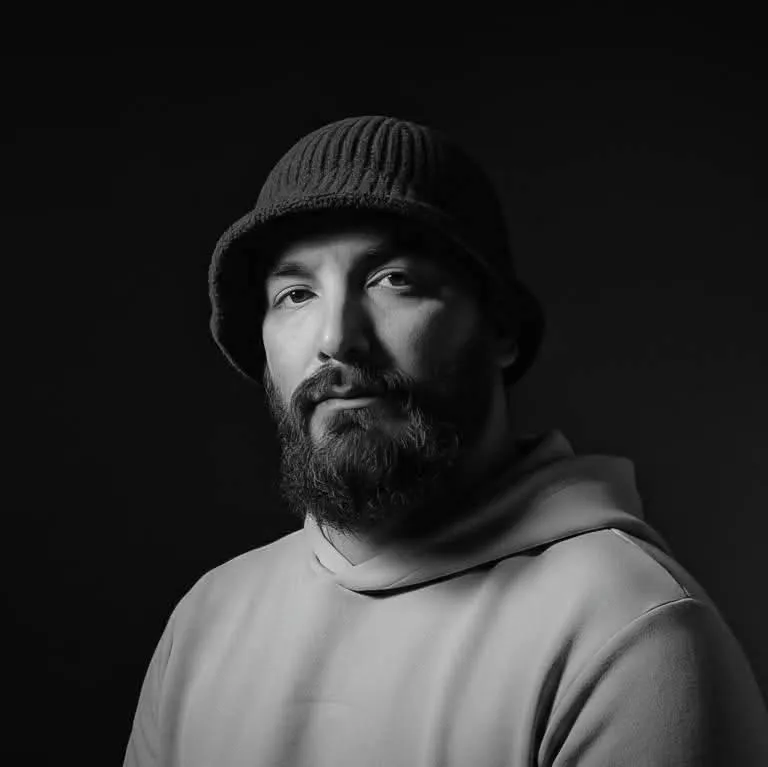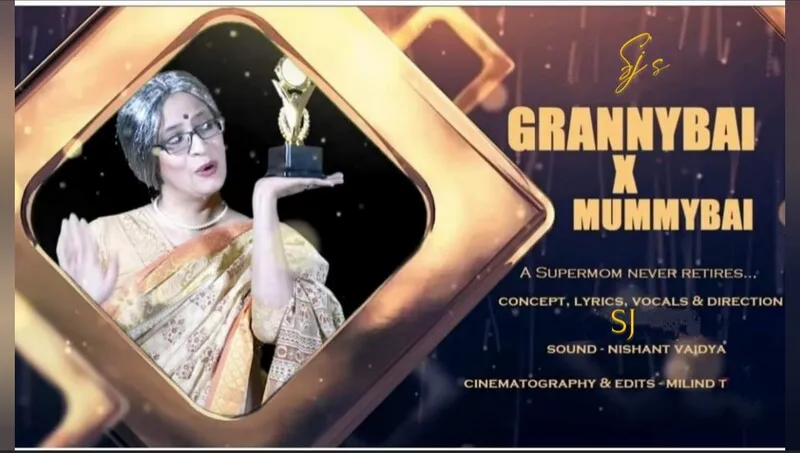
The latest great movie from one of the greatest directors of all time is on SkyShowtime. An exemplary trial drama where he knew how to have the last word
William Friedkin adapts a powerful play about honor and loyalty constructed with masterful meticulousness
REVIEWS Pedro GallegoTheatrical adaptations are very sweet for authors especially interested in human drama and in actors who want to chew and re-cheat unusual characters in cinema. Sometimes they end up feeling, ironically, very rigid in their purely cinematic elements unless there is an author especially suited to breathe oxygen and visual ideas. William Friedkin was one of them.
The best thing was that he could make adaptations like ' The Boys in the Band ' or the television ' Twelve Men Without Pity: Final Verdict ' without excessive fanfare. He could also excel with things like ' Bug ', where he brings an electrifying sense of paranoia to an already vibrant Tracy Letts tale . He always found a way to bring out the strength of the work, exploring humanity in its most complex facets , without getting carried away by the frenetic muscle that has marked his other cinematic masterpieces. A fabulous quality that he managed to preserve even in his last film, ' The Caine Mutiny Trial '.
Released late last year streaming on SkyShowtime , Friedkin's last work before his death was an old-school film
intended for home release. A courtroom drama adapting a classic play with an exciting cast including Kiefer Sutherland , Jason Clarke , Jake Lacy and the late Lance Reddick .
Extreme filming, confrontations with other filmmakers and insults: all the moments that show that William Friedkin was an unrepeatable director
Lacy's character is a first officer who faces a court-martial for relieving the captain of his ship during a time of emergency and security danger, where the captain showed signs of mental instability. Now his actions during the transfer of powers and in the previous months, when the captain took command of the USS Caine, are examined and cross-examined by his defense attorney, reluctantly put on the case, by the assigned prosecutor, and by the court. military. Everyone will try to unravel the truth of what happened on the boat .
What happens is not something that is shown to us at any time. Virtually all of the footage takes place in the same room where the court-martial takes place, with Friedkin opting for a minimalist staging in keeping with a reduced and even oppressive production design . This leaves a feeling of austerity, highlighting the direct-to-television nature of the project, but the director offers small details of interest to maintain the pace of the work and make it forceful like a traditional judicial film.
Through testimonies and cutting from different angles to the same character, these characters create mental images of what happened on the boat. Images not completely defined and ambiguous, although with all intention. Through these contradictory perspectives and properly managed information, Friedkin interrogates issues such as honor, duty, loyalty, and human courage in extreme situations . Something that has been recurring in his work but has come to light in his most critical look at the United States during this century, starting with ' Rules of Engagement '.
The director also tries, through the direction of actors, to carry out a careful study of Captain Queeg, Sutherland's character, so that we are clear about what it was like to serve under his command. The position of the camera compensates for the limitation of movements, always observing the characters from an angle that can change during interrogations that one as a spectator can only witness by clenching one's fist .
